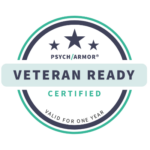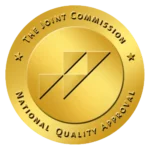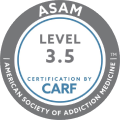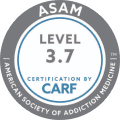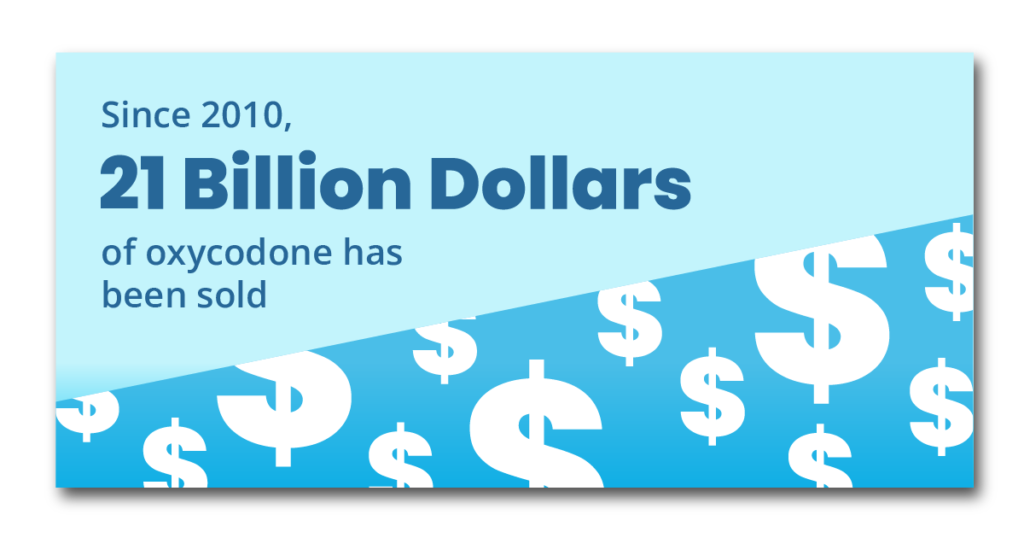
Oxycodone Abuse – People dependent on oxycodone typically begin with administering a prescribed amount recommended by their doctor. After their body develops a tolerance to the drug, the person may need more to feel the same kind of relief next time.
Drug addiction has become a significant problem that the rise of opioids has only accelerated. Opioids with high potency OxyContin, like morphine, are highly addictive and can become lethal. Oxycodone is a type of opioid analgesic which are opioids that act on 3 different classes of receptors in the body called μ, δ, and κ receptors. Oxycodone binds to these opioid receptors in the brain and releases dopamine, a neurotransmitter associated with pleasure, in addition to depressing the central nervous system.
Research shows that it is also linked to genetic predisposition and can relate to environmental factors. Likewise, if any of the individual’s family members have a history of a substance use disorder, it can also be present in genetics.
Overdose can occur if you take more oxycodone than your body requires or increase your dosage for any reason. Opioid overdose deaths are common among Americans in the United States, but can be avoided with proper precautions and treatment.
What is Considered Oxycodone Abuse?
Those taking higher doses of Oxycodone can experience chronic pain even if the person stops taking them, even for just for a day. Elsewhere, mood swings and behavioral issues are found in those dealing with oxycodone abuse. It is a prescription medication whose long-term use can cause the development of an addiction.
The habit-forming elements in Oxycodone attract both men and women to start taking this prescription pain medication. Women, however, are more likely to report chronic pains. According to the American Society of Addiction Medicine (ASAM), prescription medicines overdoses have increased in women by more than 400 percent since 1999. Women about to become mothers also have a risk of congenital disabilities in their children if they are found to abuse drugs. It is best to speak with a doctor about going through drug recovery treatment to eliminate these opioids’ influence on your life.
Opioid overdose can result in the following symptoms:
- A rapid heart rate
- Due to high triglyceride levels, they cannot respond to sounds or people around them.
- Vomit and nausea.
- Breathing issues, such as shallow breathing (respiratory depression)
- Blue lips or fingernails
- Epilepsy or seizures.
Oxycontin users may experience adverse side effects even if they follow the directions on the label. The following are some of the most common Oxycontin side effects:
- Constipation
- Irritation of the skin
- A parched throat
- Negative emotions
- Nausea and gastrointestinal distress
- Constipation and dizziness
- Sweating
- Headaches
- Aggression
Overdoses can occur if the oxycodone is not being used as prescribed. For example, if your pain relief is inadequate, and you decide to increase your dosage, you may overdose.
Indications of an Overdose
- Prescription refills are becoming more common.
- The individual is obtaining medications from another person.
- Medication theft
- Although their status is stable, people report increased pain.
- Relationships have become less dynamic and engaging over time.
- Because of their drug use, they are making mistakes in their professional and academic lives.
- Overdosing
- Anxiety and irritability are symptoms of bipolar disorder.
- Inefficient asset utilization
Reasons for Rising in Oxycodone Abuse
To receive a prescription for OxyContin, those dealing with opioid addiction reach out to their doctors. Oxycodone, a semisynthetic opioid, is utilized to treat moderate to severe pain.
Oxycodone earned the name “poor man’s heroin” due to its lower price than heroin. Families of people who abuse drugs have to deal with many consequences due to the misuse of opioids. Chronic users of opioids and other prescription drugs run the chance of ruining their life due to this chemical dependency.
Similarities exist between Oxycodone and other opioids. Despite the highly potent nature of this class of drugs, abuse and dependence are prevalent. Up to 12 percent of patients with chronic pain who are prescribed opioids become victims of the development of addiction.
When taking an opioid tablet, you may feel a profound sense of pleasure and euphoria. When taken for medical purposes, the medicine is swallowed in its entirety, causing the medication to be gradually released. Crushing and breaking the pill to accelerate the effects is a form of drug abuse.
Long-term Side Effects of Oxycodone Overdose
An extended period of oxycodone abuse can be detrimental. These side effects are prevalent among oxycodone addicts. Depending on the individual, many long-term side effects can have physical and mental manifestations. The excessive use of Oxycodone can lead to paranoia in the short term. However, longer periods of oxycodone use may include the following long-term effects.
- Drowsiness and sleep disorder
- Breathing difficulty
- Loss of cognition
- Syndrome of muscle spasms and weakness
- The clamminess’ in skin
Motivation Can Help You to Recover
The American Psychiatric Association’s Diagnostic and Statistical Manual of Mental Disorders classifies oxycodone addiction as OUD (opioid use disorder). Oxycodone has to be dealt with care as it may have serious consequences.
Combining the opioid medications buprenorphine and methadone during detox can alleviate withdrawal symptoms and reduce drug cravings. Although it establishes that Naltrexone can help prevent relapse, it can only be used after detox.
Starting Over from Detox
A professional oxycodone rehabilitation program is necessary for oxycodone addiction recovery. Long-term drug and alcohol treatment is essential, but the first step will be medically supervised detox. It may involve unpleasant withdrawal symptoms. Detoxification is the first step before you begin substance abuse treatment. Detox and withdrawal can both have worsening effects on the health.
Medically Assisted Therapies
Individual and group counseling techniques are best in behavioral therapies. Withdrawal symptoms typically peak 5 to 7 days after the last dose, but they can last a week or more. The severity and duration of the patient’s withdrawal symptoms worsen as they continue to use tranquilizers. Necessary medications are also administered for safety purposes.
MAT can encourage a patient to find out about the negative consequences of a drug while helping them on the road to recovery.
Peer groups aim to show recovering addicts that they are not alone in their fight to overcome addiction and stay sober. Addicts in peer groups may learn coping strategies for stressful situations from their peers.
Treatment with Cognitive-Behavioral Methods (CBT)
You can avoid addiction by recognizing and changing the mental processes and behaviors contributing to it. Support groups are frequently recognized as a valuable resource for assisting with oxycodone addiction rehabilitation. It is an evidence-based therapy to help people stabilize from the effects of Oxycodone and related opioid drugs.
Cognitive behavioral therapy is also commonly used to help patients cognize the threats associated with particular drug use. An addiction treatment center is full of professionals who can provide the medical care you need to overcome your addiction.
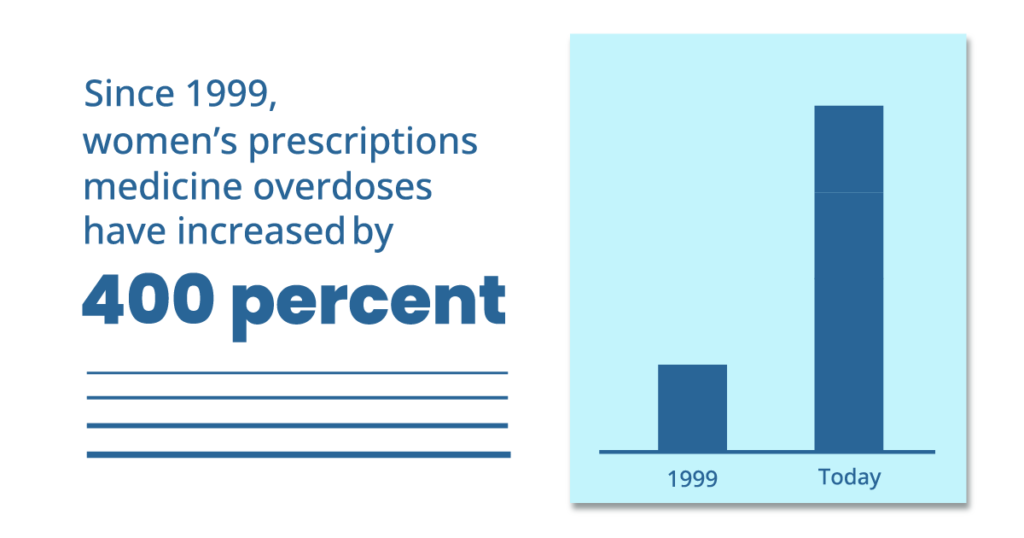
Frequently Asked Questions
Is OxyContin more addictive than Oxycodone?
Both opioids are nearly the same, except that OxyContin follows a time-release formula. It releases an amount of Oxycodone over time.
Can OxyContin get you high?
When it comes to opioid addiction, OxyContin is the same drug from the opium poppy plant from which heroin came into existence and although OxyContin is synthetically prepared in laboratories, it can provide a similar high effect.
How long does it take to become addicted to OxyContin?
OxyContin overdose and body tolerance towards it can sometimes trigger the addiction, and due to such oxycodone abuse, a physiological addiction occurs. It can take less than a week to become dependent on the drug, even if taken correctly.
What do oxycodone users experience?
Oxycodone is mostly used to relieve chronic pain, after it’s taken, the euphoric reaction in the brain numbs the pain levels throughout the body. What people experience can also depend on their method of consumption.
Is OxyContin as addictive as people say it is?
Oxycontin falls in the category of opioids that are highly addictive, as it is the same as heroin. Still, unlike it, OxyContin comes in the form of a pill, so the situation is quite different, but snorting or overdosing can make it addictive far more quickly.
Get Complete Recovery Against Opioids at Haven Detox
Our medically supervised detox program can help you get the top-quality treatment you deserve for oxycodone abuse. The goal of our medical treatment center is to help you recover from all the negative impacts of addiction and get back to living a healthy lifestyle. Our team of medical professionals will help you to cope with withdrawal symptoms and keep you on the path toward recovery.
At The Haven, our process for alleviating the withdrawal symptoms is simplistic and aided through detox and various therapies. We administer medicines carefully as we believe in your long-term recovery. If you or a loved one is struggling with drug addiction, call us when you are ready to take this important step in the recovery process.

